Intersection car accidents are frequent occurrences, comprising a sizable portion of overall traffic collisions. The complexity of intersections, with multiple vehicles converging from different directions, increases the likelihood of crashes. They often result from driver errors but other factors can come into play. Poor visibility, inclement weather, and inadequate signage can increase the risk.
As with other types of motor vehicle collisions, fault in intersection car accidents is determined by examining relevant laws and any evidence that is gathered.
How Do Intersection Car Accidents Impact Drivers and Passengers?
Intersection car accidents can result in a range of injuries, from minor cuts and bruises to severe trauma or fatalities. The injuries commonly include:
- Whiplash
- Fractures
- Head injuries
- Spinal cord damage
- Emotional distress, such as post-traumatic stress disorder (PTSD)
Recovery may involve medical treatment, rehabilitation, and ongoing support. Medical bills can also pile up, adding to the physical, emotional, and financial impact.
What Role Do Traffic Laws Play in Fault Determination?
Traffic laws are a framework for establishing fault in intersection car accidents. Violations like running red lights, failing to yield, or making illegal turns can significantly impact liability. For example, if one driver disregards a stop sign and collides with another vehicle lawfully proceeding through the intersection, the driver who failed to stop is typically considered at fault.
How Do Right-of-Way Rules Factor into Fault Determination?
Right-of-way rules dictate the proper sequence of movements for vehicles approaching and at intersections. Failure to yield the right-of-way often results in collisions, with the driver who violates these rules often bearing responsibility for the accident. Common scenarios include T-bone collisions where one vehicle proceeds through an intersection without yielding to cross traffic, causing a collision with a vehicle with the right-of-way.
What Evidence Is Used to Determine Fault in Intersection Car Accidents?
Evidence plays a critical role in determining fault in intersection car accidents. Investigators gather distinct types of information, including:
- Statements from individuals who witnessed the accident firsthand provide valuable insight into the events leading up to the collision.
- Video footage from surveillance cameras positioned at intersections can capture the accident in real time, offering objective evidence of each driver’s actions.
- Physical evidence, such as skid marks on the road and damage to the vehicles involved, can help reconstruct the accident and establish fault.
- Law enforcement officers who respond to the scene document their observations in police reports. Interviews with drivers and witnesses and issued citations provide an official record of the accident.
By analyzing this evidence, investigators can identify the accident’s circumstances and determine which driver was at fault. This information is instrumental in pursuing insurance claims or legal action to seek compensation for damages incurred.
How Does Comparative Negligence Affect Fault Determination in Intersection Car Accidents?
Comparative negligence acknowledges that multiple parties may share responsibility for an accident. In intersection collisions, fault may be assigned based on each party’s degree of fault. For instance, if one driver ran a red light but the other was speeding, a court might determine that each driver is partially at fault.
A Middlesex Car Accident Lawyer at Wiley Lavender Maknoor, PC Will Guide You Today
If you were involved in an intersection crash and need legal guidance, contact a skilled Middlesex car accident lawyer at Wiley Lavender Maknoor, PC. Call 732-494-6099 or complete our online form to arrange a free consultation. Located in Metuchen, New Jersey, we serve clients in Middlesex County, Monmouth County, Union County, and Somerset County.
 Google Screened
Google Screened
